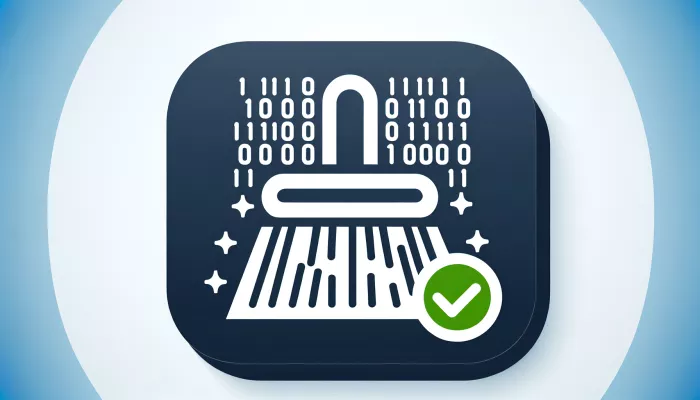
Many users are looking for ways to improve the speed of their Android. Below are some valuable tips to optimize the speed and efficiency of your smartphone.
Keep the operating system and updated applications are crucial for the good performance of the device.
Developers frequently release updates for fix bugs, improve system security and efficiency.
To check for system updates, go to Settings > About the device > Software update.
Applications that are not yet used can consume resources in the background. Uninstall or disable them by going to Settings > Applications and select the app you want to remove or disable.
Launchers, or application launchers, can significantly impact the speed of your device. Opt for a lightweight launcher which consumes fewer resources.
Popular examples include Nova Launcher and Apex Launcher.
Make use of battery optimization tools that often come pre-installed on your device. They can help save energy and, as a consequence, improve performance.
Sleek animations may look pretty, but they can also slow down your device. Reduce or disable animations within the developer options for a more streamlined experience.
To do this, go to Settings > About the device and tap several times on Version number to activate the Developer Options, where you can adjust the animations.
Use task managers or the system itself to monitor memory usage and close resource-intensive apps. This can free up RAM and speed up your Android device.
Malicious software can cause slowdowns and other issues with your device. Installing a malicious software reliable antivirus, like the Norton Clean, can help protect and optimize your Android.
Remember that regular maintenance is essential to keep your device running smoothly. Practicing these tips can help speed up your Android effectively.
To keep your Android device running smoothly and quickly, it is essential to eliminate unnecessary files that accumulate over time.
Here are some simple strategies to clean your device and improve its performance.

Clearing cache can free up memory and optimize the performance of your apps. Regularly go to your app settings and clear the cache of the apps you use the most.
Review the applications installed on your device and uninstall the ones you no longer use. Idle apps can take up precious space and even run in the background, slowing down your system.
Use a cleaning app reliable to remove unnecessary files automatically. These apps can identify and delete redundant content, such as duplicate images and residual files from uninstalled apps.
Keep your device up to date. New software versions bring performance and security improvements. Also make sure to update your apps to the latest available versions.
Search for large files that may be taking up space unnecessarily. Many Android devices offer tools that make it easy to identify these files within the storage settings.
Review your folder downloads regularly and delete files that are no longer needed.
Remember that a cleaner device is a faster device. By applying these tips, you will significantly contribute to the performance of your Android.
Remember to review and validate the links, as they are hypothetical and should be replaced with the correct links to the applications or features mentioned.
Your Android smartphone has a number of hidden settings that can optimize device performance and speed.
Likewise, taking advantage of these little-known features can make a big difference in how your phone performs.
In other words, here are some specific customizations you can make to ensure your Android operates at peak efficiency.
Still, By enabling the Developer Options, you will unlock advanced settings that can speed up your device.
For example, To activate, go to Settings > About phone and tap several times on Version number until you see the message indicating that Developer Options are enabled.
Within Developer Options you can reduce or disable animations. This can be done by adjusting Window Animation Scale, Transition Animation Scale and Animator Duration Scale.
However, reducing these values or turning them off can ease the load on the device's graphics processing, resulting in faster operation.
For example, limiting or controlling which apps run in the background can free up significant resources on your device.
In the Developer Options, search for Limit background processes and choose the option that best suits your usage.
For example, Some system animations are purely aesthetic and do not contribute to the functionality of your device.
Still, disabling them may result in a best performance and more direct operation when interacting with your Android.
Additionally, If your device has a GPU (Graphics Processing Unit) powerful, you can force applications to use this capability for rendering.
However, Activate the Force GPU rendering in Developer Options can lighten the CPU load and speed up the user interface.
As well, some Android device manufacturers include a Performance Mode in the system settings, usually hidden within the battery options.
In this sense, enabling this mode can increase the speed of your Android by optimizing CPU performance for the most demanding tasks.
For example, Explore these hidden settings and understanding how they affect your Android's performance can help you optimize your device to run as efficiently as possible.
In other words, remember that every device is unique, so some settings may vary or be unavailable depending on your specific model and Android version.